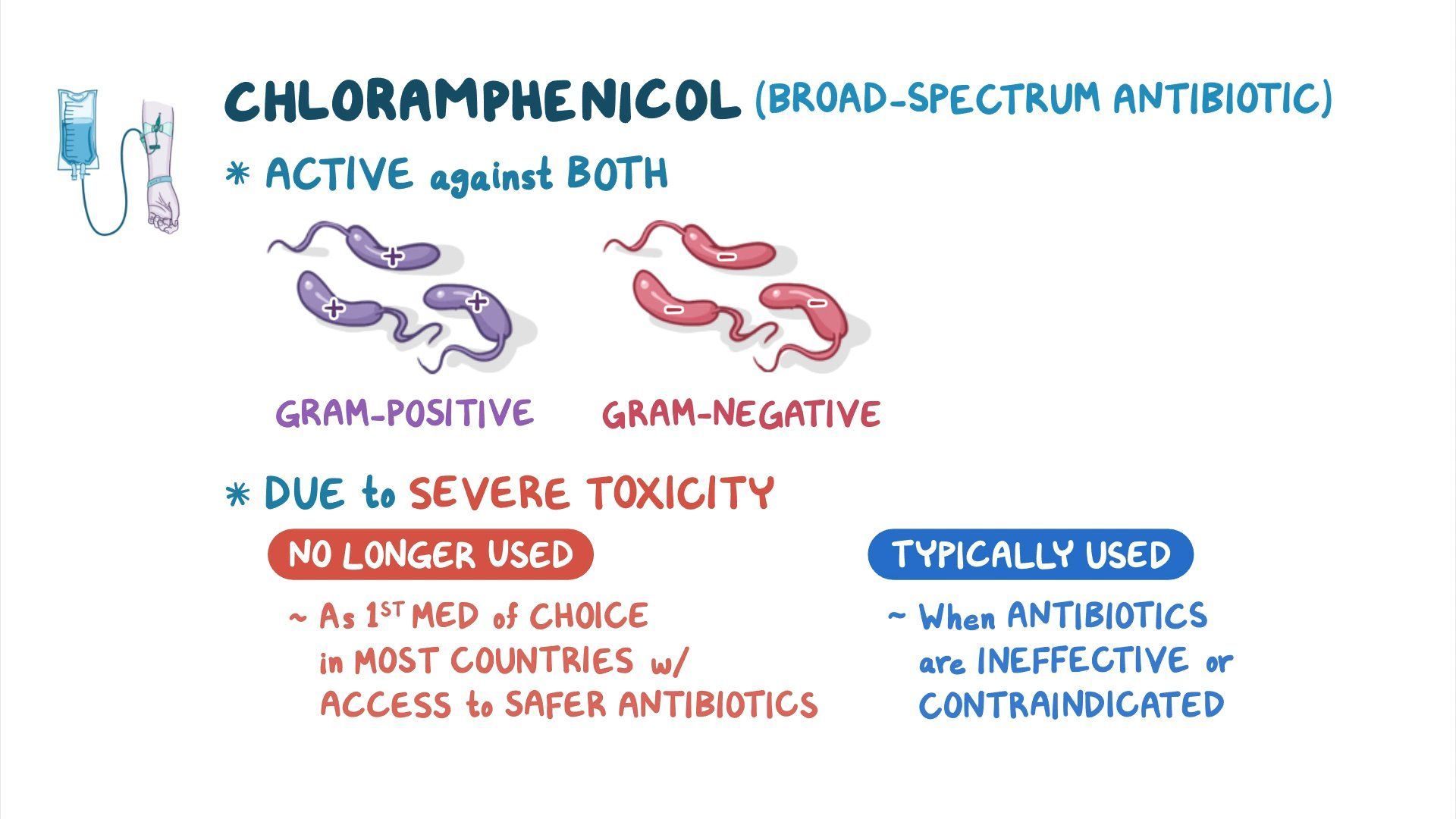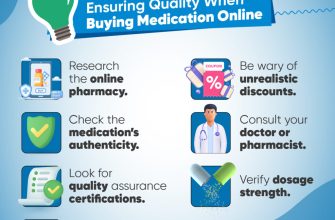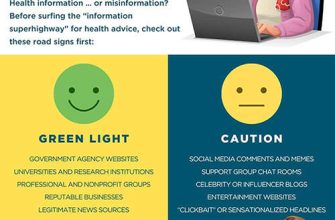Chloramphenicol, while effective against certain bacterial infections, carries significant risks. Avoid self-medicating; always consult a doctor.
Serious side effects can include:
- Aplastic anemia: This is a life-threatening condition where your bone marrow stops producing enough new blood cells. It’s rare but potentially fatal. Gray baby syndrome: Primarily affecting newborns, this involves cardiovascular collapse and difficulty breathing due to chloramphenicol buildup. Blood disorders: These can manifest as decreased white blood cells, leading to increased susceptibility to infections.
Less serious, but still notable, side effects include:
- Nausea and vomiting Diarrhea Rash Headache
Several factors increase the risk of these side effects:
Dosage and duration of treatment: Higher doses and longer treatment periods significantly raise the risk of serious complications. Pre-existing medical conditions: Certain health problems can increase vulnerability to adverse reactions. Concurrent medications: Interaction with other drugs may increase side effects. Age and overall health: Newborns, infants, and individuals with weakened immune systems are particularly at risk.
Before taking chloramphenicol, thoroughly discuss potential risks and benefits with your physician. They will assess your health and determine if the potential benefits outweigh the risks in your specific case. Regular blood tests might be necessary to monitor for side effects. Early detection is key to managing potential complications.










